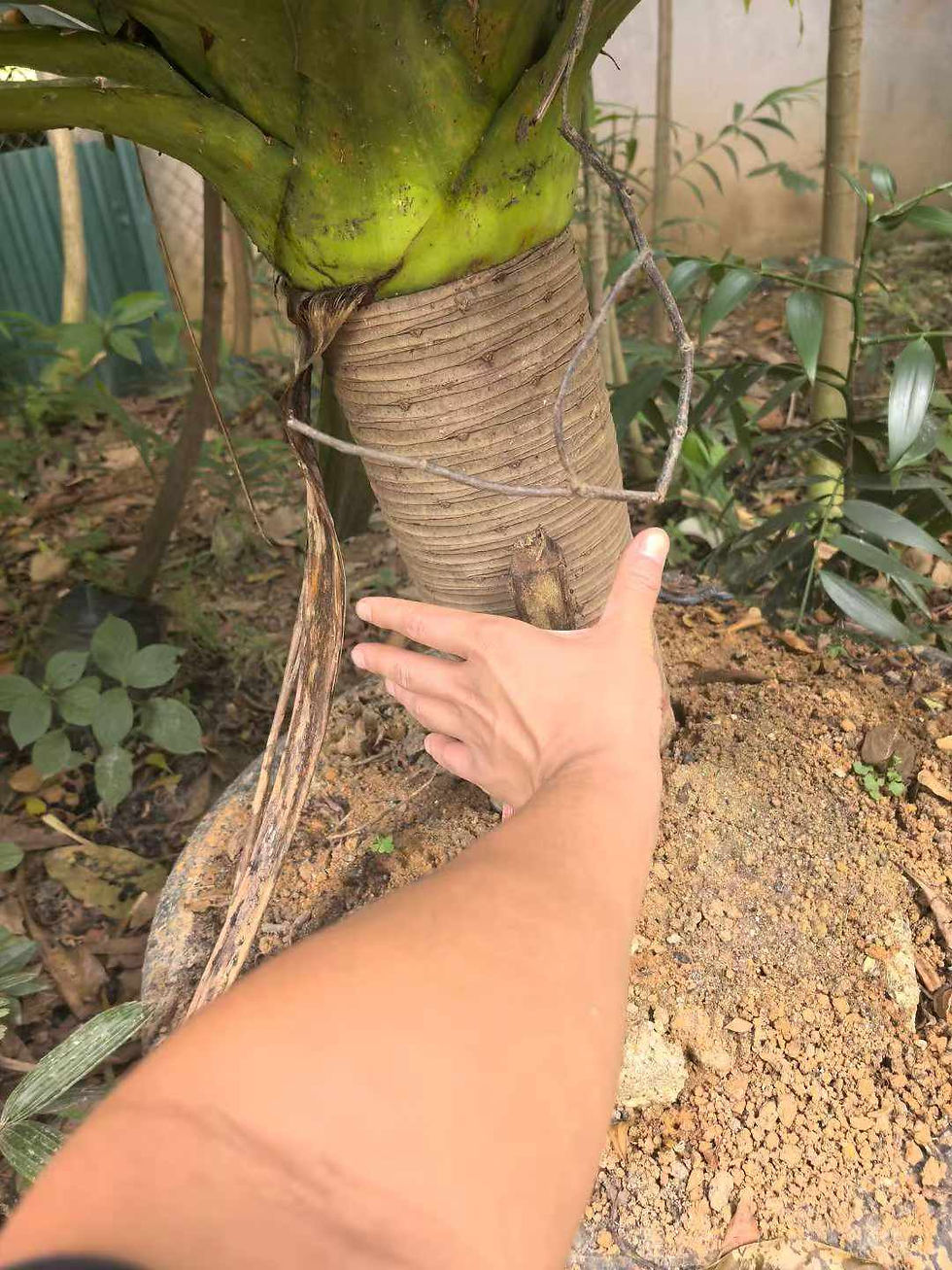Ulmus pumila
The Siberian elm is usually a small to medium-sized, often bushy, tree growing to 10–20 m (35–65 ft) tall, with a trunk up to 176 cm (69 1⁄4 in) d.b.h. The leaves are deciduous in cold areas, but semi-evergreen in warmer climates, less than 7 cm (2 3⁄4 in) long and less than 3 cm (1 1⁄4 in) broad, with an oblique base and a coarsely serrated margin, changing from dark green to yellow in autumn.
The perfect, apetalous wind-pollinated flowers bloom for one week in early spring, before the leaves emerge, in tight fascicles (bundles) on last year's branchlets. Each flower is about 3 mm (1⁄8 in) across and has a green calyx with 4–5 lobes, 4–8 stamens with brownish-red anthers,[8] and a green pistil with a two-lobed style. Unlike most elms, the Siberian elm is able to self-pollinate successfully.
The wind-dispersed fruit develops in a tan-colored flat, oval samara (seed with a membraneous wing around it) 1–2 cm (3⁄8–3⁄4 in) long by 1–1.5 cm (3⁄8–5⁄8 in) wide, notched at the outer end. The tree also suckers readily from its roots.
The tree is short-lived in temperate climates, rarely reaching more than 60 years of age, but in its native environment may live to between 100 and 150 years. A giant specimen, 45 kilometres (28 mi) southeast of Khanbogt in the south Gobi, with a girth of 5.55 m in 2009 may exceed 250 years (based on average annual ring widths of other U. pumila in the area

































